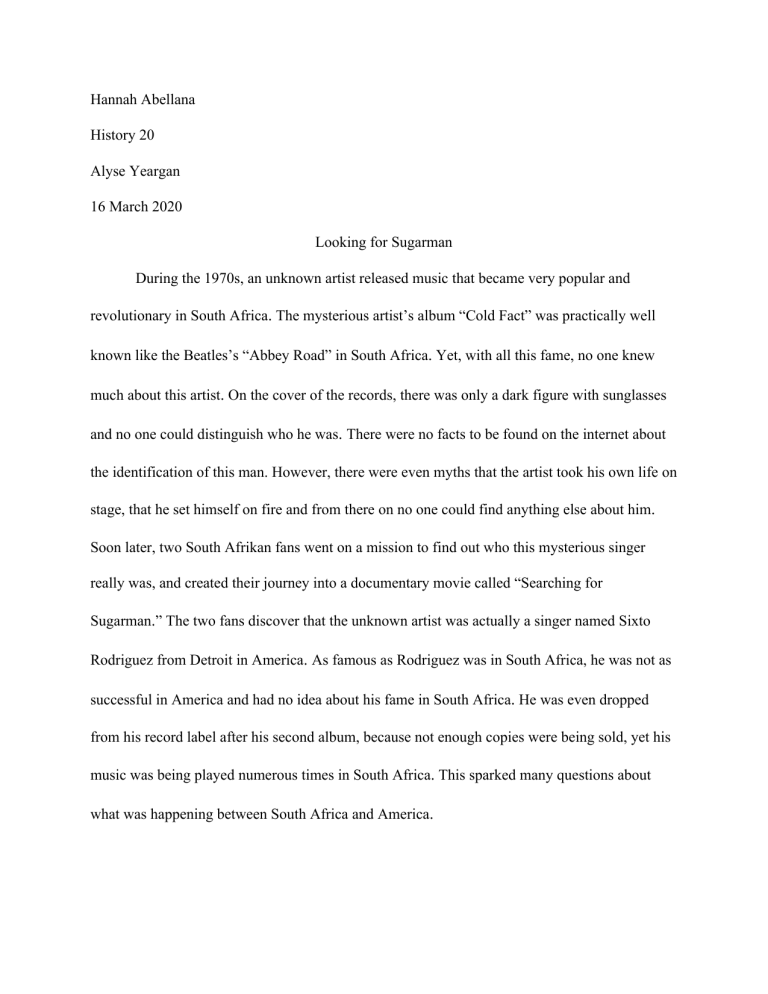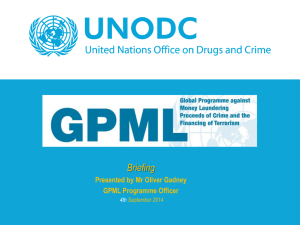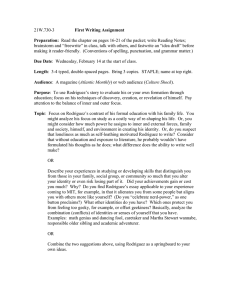
Hannah Abellana History 20 Alyse Yeargan 16 March 2020 Looking for Sugarman During the 1970s, an unknown artist released music that became very popular and revolutionary in South Africa. The mysterious artist’s album “Cold Fact” was practically well known like the Beatles’s “Abbey Road” in South Africa. Yet, with all this fame, no one knew much about this artist. On the cover of the records, there was only a dark figure with sunglasses and no one could distinguish who he was. There were no facts to be found on the internet about the identification of this man. However, there were even myths that the artist took his own life on stage, that he set himself on fire and from there on no one could find anything else about him. Soon later, two South Afrikan fans went on a mission to find out who this mysterious singer really was, and created their journey into a documentary movie called “Searching for Sugarman.” The two fans discover that the unknown artist was actually a singer named Sixto Rodriguez from Detroit in America. As famous as Rodriguez was in South Africa, he was not as successful in America and had no idea about his fame in South Africa. He was even dropped from his record label after his second album, because not enough copies were being sold, yet his music was being played numerous times in South Africa. This sparked many questions about what was happening between South Africa and America. At the time, South Africa was under the apartheid, which was a system of racial segration separating the whites and non-whites. So, how did a hispanic artist like Sixto Rodriquez get so popular when the majority of South Africa’s population was white? It was because Rodriguez's music was revolting, a lot of his lyrics went against what South Africa didn’t allow at the time. The songs talked about drugs, sex, darkness, and so many other controversial topics. In the movie, fans said that Rodriguez’s music was motivation for South Afrikans to start fighting for what they wanted and opened their eyes to new lifestyles and human rights. Additionally, South Africa was fairly liberal at the time and social activism was repressed a lot around the time of the early 1970s, but things were soon changing. However, during this time labor strikes started to become popular as well, and Rodriguez’s music would further encourage this behavior. Because of this, Rodriguez’s music was censored, a lot of the media was censored in an attempt to prevent social activism. Which was also why the South Afrikan fans couldn’t find out much details regarding who “Sugarman '' was until later on when they first allowed international calling. Also, this explains why Sixto Rodriguez didn’t know about his fame in South Africa. Media wasn’t like how it is today where you knew about news that happened internationally. In a way, the fans not being able to find out much about Rodriguez and then finally being able to once long distance calls were invented, further shows imperialism dying out and modernization advancements. The imperialism within South Africa controlling what the civilians were seeing and hearing, was being changed when the truth was revealed as the two fans discovered the truth and the people started to push for their rights.


